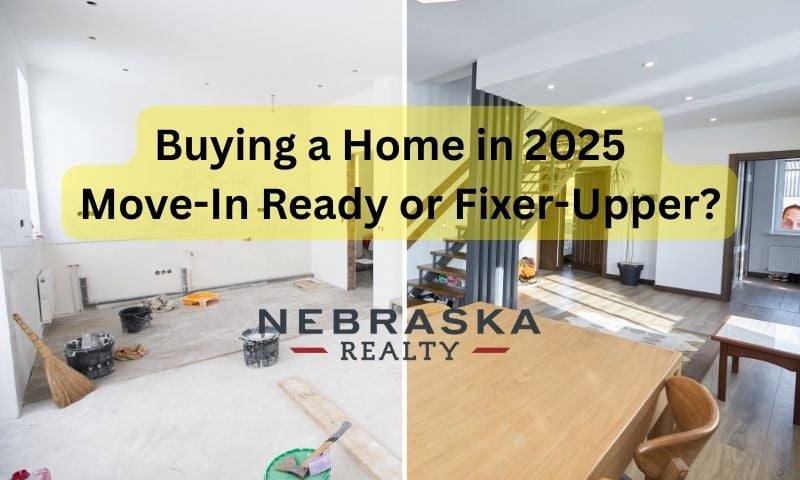In today's evolving real estate landscape, buyers are often faced with a pivotal decision: invest in a move-in ready home at a premium price or purchase a fixer-upper at a lower cost and undertake renovations. This choice isn't merely about aesthetics or immediate comfort; it's deeply influenced by market dynamics, personal circumstances, and long-term financial goals.
Understanding the Four Market Quartiles
To contextualize this decision, it's helpful to consider the market in terms of quartiles:
Top Quartile: These are turnkey homes with modern updates and desirable features, often selling quickly at or above asking price.
Second Quartile: Homes in good condition that may require minor updates, typically selling at asking price within a reasonable timeframe.
Third Quartile: Properties that might be slightly outdated or have minor issues, often necessitating price reductions to attract buyers.
Bottom Quartile: Fixer-uppers or distressed properties that require significant renovations, usually priced below market value to compensate for the needed work.
Understanding where a property falls within these quartiles can guide buyers in aligning their expectations and strategies.
National Trends and Buyer Preferences
Recent data sheds light on current buyer behaviors:
Age and Experience: The median age of first-time homebuyers has risen to 38, reflecting the challenges younger buyers face in entering the market (nypost.com).
Financial Considerations: High mortgage rates, hovering around 6.8%, combined with rising home prices, have made affordability a pressing concern for many (wsj.com).
Cash Purchases: A record 26% of homebuyers paid cash for their homes in 2024, indicating a competitive market where liquidity can be a significant advantage (nar.realtor).
These factors influence whether buyers lean towards move-in ready homes or are willing to invest time and resources into renovations.
Life Stages and Housing Choices
A buyer's life stage often dictates their housing preferences:
Young Professionals and First-Time Buyers: Often constrained by budget, they might opt for fixer-uppers to enter the market, viewing renovations as an investment opportunity.
Growing Households: Prioritize space and functionality, often favoring move-in ready homes to accommodate immediate needs.
Empty Nesters and Retirees: May downsize to updated homes requiring minimal maintenance, valuing convenience over renovation projects.
Price Points and Investment Potential
The decision also hinges on financial strategy:
High-End Market: Buyers may prefer move-in ready luxury homes, valuing time and convenience over potential savings from renovations.
Mid-Range Market: Offers a mix, with some buyers willing to undertake moderate renovations for long-term value.
Entry-Level Market: Often dominated by fixer-uppers, attracting buyers looking to build equity through improvements.
Making the Right Choice
When deciding between a premium, move-in ready home and a fixer-upper, consider:
Budget: Factor in not just the purchase price but also renovation costs and potential unforeseen expenses.
Timeline: Assess how quickly you need to move in and whether you can accommodate renovation timelines.
Skill and Resources: Be honest about your ability to manage or oversee renovation projects.
Market Conditions: In competitive markets, move-in ready homes may offer better resale value, while in slower markets, fixer-uppers might provide greater negotiation leverage.
Final Thoughts
Choosing between paying a premium for a move-in ready home or investing in a fixer-upper is a multifaceted decision influenced by personal circumstances, market conditions, and long-term goals. By understanding where properties fall within the market quartiles and assessing individual needs and capabilities, buyers can make informed choices that align with their financial and lifestyle aspirations.
➡️ Thinking about buying a home? Let’s find the right community for you. Contact me today for expert guidance!
🔗 Explore more helpful articles:

